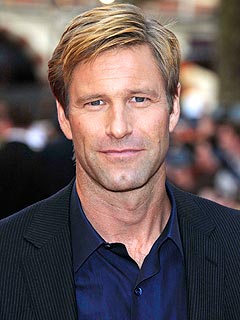Governor of the Midwest
From Usgovsimulation
The Governor of the Midwest is the chief executive of the U.S. region of the Midwest, which consists of the states of Illinois, Michigan, Indiana, Wisconsin and Minnesota. The current holder, since 2019, of that office is James Kennedy, who previously held the office from 2013 to 2017. He re-assumed executive powers on January 13, 2019, his term expiring in January 13, 2020.
Contents |
Role

| ||
|---|---|---|
| Governor James Kennedy | ||
The governor is directly elected by the voters to become the political and ceremonial head of the sovereign state. He or she performs the executive functions of the superregion, heading the executive branch, and is not directly subordinate to the federal authorities. Additionally, he assumes other roles, such as controlling the government budgeting, playing a vital role in legislating (including the veto power), serving as the Commander-in-Chief of the Midwest National Guard forces (when they are not federalized), and having absolute power to commute or pardon criminal sentences.
The power of appointing temporary replacements for Wabash Valley and Great Lakes Senators is another of the Governor's many roles.
Residence
The Governor of the Midwest's current official residence is the former Illinois Executive Mansion, located in Springfield, Illinois, where the Midwest General Assembly meets. The Governor Mansions and Capitols of Michigan, Minnesota, Wisconsin and Indiana are currently unused.
Other Duties
A superregion governor may give an annual State of the Region Address on the state or condition of it. Governors of regions may also perform ceremonial roles, such as greeting dignitaries, conferring state decorations, issuing symbolic proclamations or attending the state fair.
Election and Replacement
In all regions, the governor is directly elected, and has a 4-year term. In the case the office of the governor goes vacant, the Lt. Governor ascends to the seat and effectively becomes Governor.
In the case there is no Lt. Governor, the office is occupied by either the most senior official in the region, or by the Secretary of State. In both cases, the replacement acts as Acting Governor.
